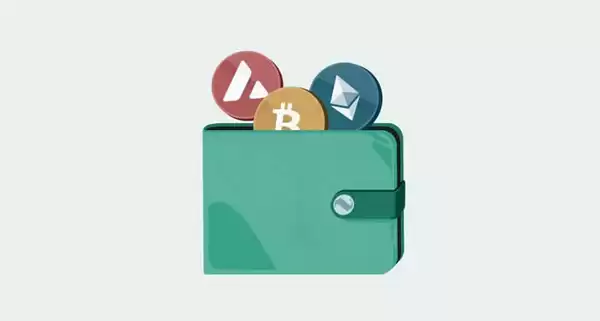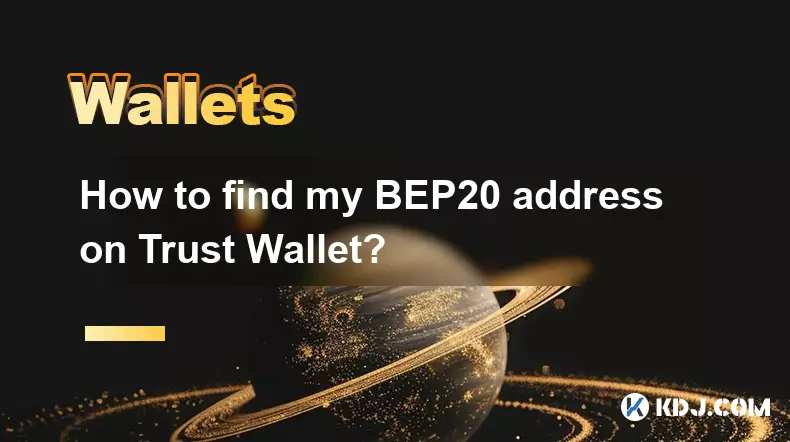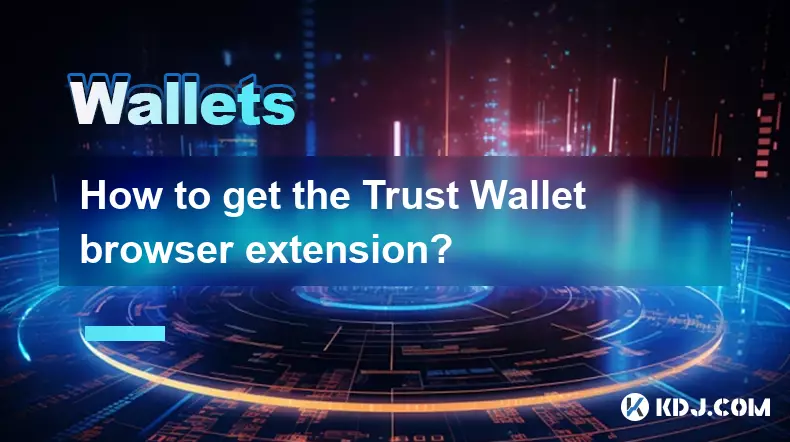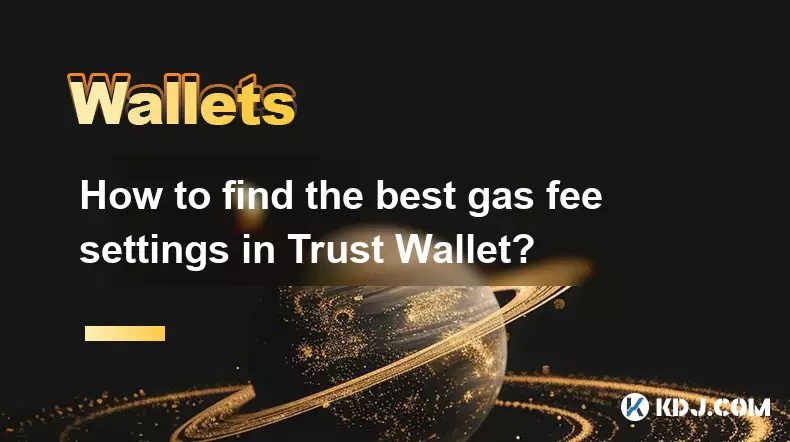-
 bitcoin
bitcoin $122025.899241 USD
-2.12% -
 ethereum
ethereum $4488.068729 USD
-4.11% -
 bnb
bnb $1315.348019 USD
8.65% -
 tether
tether $1.000457 USD
0.03% -
 xrp
xrp $2.875326 USD
-3.69% -
 solana
solana $222.043604 USD
-4.07% -
 usd-coin
usd-coin $0.999682 USD
0.00% -
 dogecoin
dogecoin $0.249887 USD
-5.62% -
 tron
tron $0.337379 USD
-2.59% -
 cardano
cardano $0.827763 USD
-5.06% -
 hyperliquid
hyperliquid $45.774531 USD
-2.43% -
 chainlink
chainlink $22.079309 USD
-5.87% -
 ethena-usde
ethena-usde $1.000156 USD
0.02% -
 sui
sui $3.482566 USD
-3.57% -
 stellar
stellar $0.386982 USD
-4.92%
what is crypto cold wallet
Crypto cold wallets offer enhanced security by storing private keys offline, eliminating the risk of unauthorized access and cyberattacks, and providing a tamper-proof solution for managing digital assets.
Oct 14, 2024 at 01:06 am

A crypto cold wallet is a hardware device that stores the private keys to your cryptocurrency offline, making it inaccessible to hackers and other online threats. Unlike hot wallets, which are connected to the internet and vulnerable to cyberattacks, cold wallets provide an extra layer of security by keeping your private keys isolated and offline.
Benefits of Using a Crypto Cold Wallet:- Increased Security: Offline storage eliminates the risk of unauthorized access, theft, and malware attacks.
- Tamper Proof: Crypto cold wallets typically feature tamper-proof designs, preventing physical tampering that could compromise the keys.
- Easy to Use: Modern cold wallets are user-friendly, with intuitive interfaces and clear instructions.
- Multi-Currency Support: Some cold wallets support storage of multiple cryptocurrencies, making it convenient for managing a diverse portfolio.
- Backup and Recovery: Cold wallets provide secure backup options, enabling you to recover your assets in case of loss or damage.
- Hardware Wallets: Dedicated physical devices that store private keys offline, such as the Ledger Nano and Trezor Model T.
- Physical Cryptocurrencies: Coins or tokens that contain physical representations of your cryptocurrency keys, e.g., CryptoSteel capsule.
- Paper Wallets: Physical printouts with QR codes or private keys written on paper, for long-term offline storage.
Consider the following factors when selecting a cold wallet:
- Security Features: Look for wallets with strong security measures, including tamper-proof designs and multiple encryption layers.
- Currency Support: Choose a wallet that supports the cryptocurrencies you own.
- Backup and Recovery: Ensure the wallet offers reliable backup options and clear recovery procedures.
- User Interface: Select a wallet with an intuitive interface and easy-to-follow instructions.
- Reputation: Consider the track record and reputation of the wallet manufacturer and its products.
- Purchase the cold wallet and set it up.
- Generate a new wallet address and private key.
- Transfer cryptocurrency from your hot wallet or exchange to the cold wallet address.
- Securely store your private key offline (e.g., write it down and keep it in a safe location).
- To spend or receive cryptocurrency, connect the cold wallet to a computer or mobile device with the manufacturer's software.
Using a crypto cold wallet is crucial for protecting your digital assets from online threats. By keeping your private keys offline, you minimize the risk of unauthorized access and safeguard the integrity of your cryptocurrency holdings. Whether you're a seasoned investor or a beginner, consider using a reputable and user-friendly cold wallet to enhance the security of your cryptocurrency investments.
Disclaimer:info@kdj.com
The information provided is not trading advice. kdj.com does not assume any responsibility for any investments made based on the information provided in this article. Cryptocurrencies are highly volatile and it is highly recommended that you invest with caution after thorough research!
If you believe that the content used on this website infringes your copyright, please contact us immediately (info@kdj.com) and we will delete it promptly.
- BlockDAG, DOGE, HYPE Sponsorship: Crypto Trends Shaping 2025
- 2025-10-01 00:25:13
- Deutsche Börse and Circle: A StableCoin Adoption Powerhouse in Europe
- 2025-10-01 00:25:13
- BlockDAG's Presale Buzz: Is It the Crypto to Watch in October 2025?
- 2025-10-01 00:30:13
- Bitcoin, Crypto, and IQ: When Genius Meets Digital Gold?
- 2025-10-01 00:30:13
- Stablecoins, American Innovation, and Wallet Tokens: The Next Frontier
- 2025-10-01 00:35:12
- NBU, Coins, and Crypto in Ukraine: A New Yorker's Take
- 2025-10-01 00:45:14
Related knowledge

How to find my BEP20 address on Trust Wallet?
Oct 04,2025 at 06:19pm
Understanding BEP20 and Trust Wallet Compatibility1. Trust Wallet is a widely used cryptocurrency wallet that supports multiple blockchain networks, i...

How to sync my Trust Wallet with the browser extension?
Oct 03,2025 at 06:19pm
Understanding Trust Wallet and Browser Extension IntegrationTrust Wallet is a popular non-custodial cryptocurrency wallet that supports a wide range o...

How to check if a token is supported by Trust Wallet?
Oct 04,2025 at 05:18am
Understanding Token Compatibility with Trust Wallet1. Trust Wallet supports a wide range of blockchain networks, including Ethereum, Binance Smart Cha...

How to get the Trust Wallet browser extension?
Oct 01,2025 at 12:37am
How to Access the Trust Wallet Browser Extension1. Visit the official Trust Wallet website through a secure internet connection. Navigate to the downl...

How to find the best gas fee settings in Trust Wallet?
Oct 08,2025 at 02:19am
Understanding Gas Fees in Trust Wallet1. Gas fees are transaction costs paid to miners or validators on blockchain networks like Ethereum and Binance ...

How to interact with a DApp using Trust Wallet?
Oct 02,2025 at 10:00pm
Connecting Trust Wallet to a DApp1. Open the Trust Wallet app on your mobile device and ensure your wallet is unlocked with access to your assets. Nav...

How to find my BEP20 address on Trust Wallet?
Oct 04,2025 at 06:19pm
Understanding BEP20 and Trust Wallet Compatibility1. Trust Wallet is a widely used cryptocurrency wallet that supports multiple blockchain networks, i...

How to sync my Trust Wallet with the browser extension?
Oct 03,2025 at 06:19pm
Understanding Trust Wallet and Browser Extension IntegrationTrust Wallet is a popular non-custodial cryptocurrency wallet that supports a wide range o...

How to check if a token is supported by Trust Wallet?
Oct 04,2025 at 05:18am
Understanding Token Compatibility with Trust Wallet1. Trust Wallet supports a wide range of blockchain networks, including Ethereum, Binance Smart Cha...

How to get the Trust Wallet browser extension?
Oct 01,2025 at 12:37am
How to Access the Trust Wallet Browser Extension1. Visit the official Trust Wallet website through a secure internet connection. Navigate to the downl...

How to find the best gas fee settings in Trust Wallet?
Oct 08,2025 at 02:19am
Understanding Gas Fees in Trust Wallet1. Gas fees are transaction costs paid to miners or validators on blockchain networks like Ethereum and Binance ...

How to interact with a DApp using Trust Wallet?
Oct 02,2025 at 10:00pm
Connecting Trust Wallet to a DApp1. Open the Trust Wallet app on your mobile device and ensure your wallet is unlocked with access to your assets. Nav...
See all articles










































































